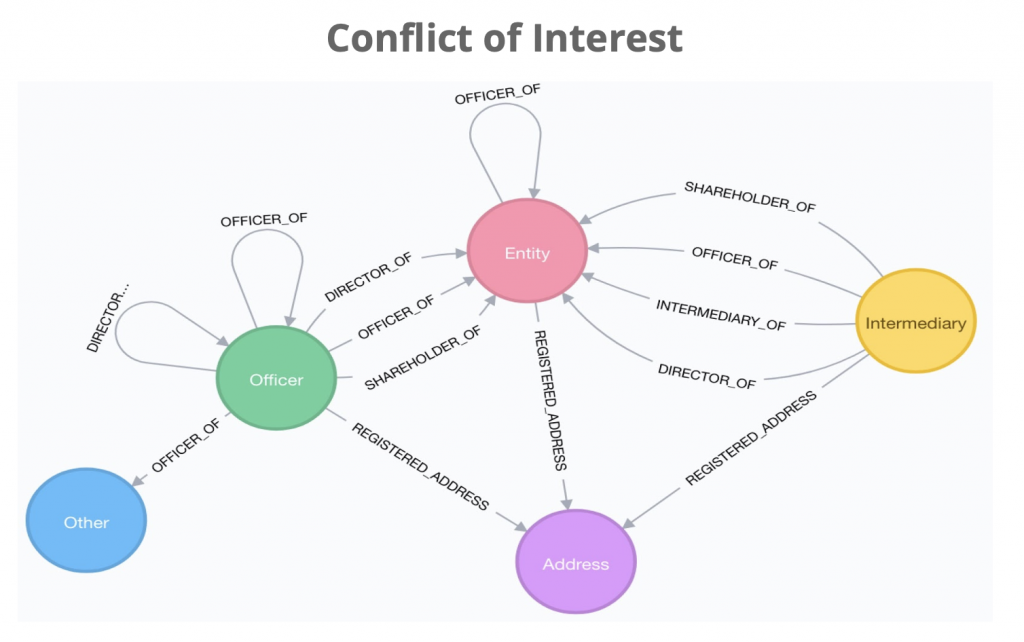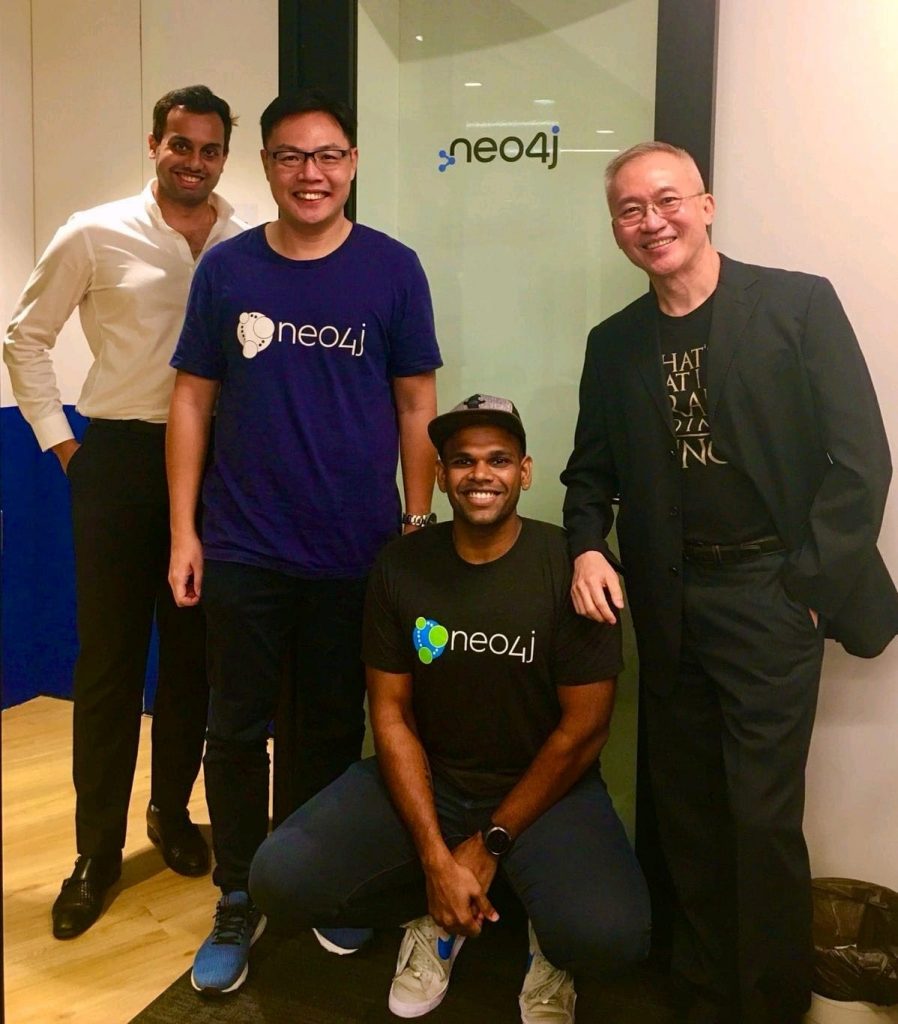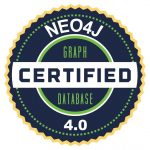
“An unexamined life is not worth living” – Socrates.
Today marks my 6 months at Neo4j. It seems like a long time since I joined this great company in late November 2020.
At the beginning of 2021, the pandemic situation was improving and I was hoping that it would finally be over by the end of the year. This looks unlikely as the COVID-19 situation has deteriorated worldwide since April, and we are experiencing an increase in the number of cases, including in Singapore.
As Singapore is currently in a state of semi-lockdown (also known as “heightened alert”), I decided it’d be worthwhile to share my reflections on what I have experienced and learned since joining Neo4j half a year ago.
What I Experienced and Learned
I have been in the data space for a while, with a focus on positioning to enterprise solutions, like data warehouse, data lakes, and business intelligence. I came into Neo4j with the expectation that positioning graph data platform (henceforth I will use the word “graph” for the sake of brevity) would be similar to these data products, which is to focus on the prowess of the technology and explaining to customers how they can benefit from the great tech. It turned out to be more than that.
1. Finding the Right Use Case Is Important
To position graph effectively requires another level of skill sets. The first is to be able to understand if the customers’ requirements are a good fit for graph, and if so, how can it be applied effectively in solving a particular business challenge, and sharing relevant case studies of how other similar organizations have done it. The converse is true, that is to be able to tell the prospect that graph is not a fit and they are better off staying put with their existing data store or looking elsewhere.
The reason is simple, as most organizations would already have been using tried and tested relational databases like Oracle, SQL Server, and Postgres. They are not going to consider graph just because of some great tech or the promise of speed and feeds. It has to solve business challenges that they would otherwise not find in their existing databases or data lakes.
What would be considered a good fit for graph? The answer is straightforward: it is when the business problem requires relationships and connections in data to be analyzed. This means that data relationships are defined as a “first class citizen” and not an afterthought. More in point two on the examples of use cases that are relevant for graph.
What I would like to highlight is when graph is not a good fit, and hence to say no to the prospect:
- If they are asking for a BI data visualization tool – refer them to consider Power BI, Tableau, Qlik, MicroStrategy.
- If they are asking for a data store for reporting and BI – refer them to consider SQL Server, Postgres, Snowflake.
- If they are asking to store large amounts of data – refer them to consider AWS S3, Google Cloud Storage, Azure Data Lake Storage, or Cloudera if they need it on-premise.
2. Graphs Are Everywhere
During these six months, I met and spoke with many customers, partners, and prospects. I came to the realization that graphs are everywhere and applicable to almost every industry. Below is a subset of the use cases that have been implemented or explored with customers:
- Financial services: fraud detection, knowledge graph, identity and access management, data lineage
- Government: conflict of interest, investigation, targeted aid disbursement, program fraud
- Manufacturing: IoT, knowledge graph, digital twin
- Transportation: route planning, pricing optimization
- Others: HCM graph, project management graph



3. The “How-To” Question Is Just as Important in Data Pipeline and Modeling
While many of the organizations I spoke with are excited about the prospects that graph can bring, the question I get all the time is how easily can data be ingested and modeled into Neo4j and can it co-exist with existing data stores?
I will not attempt to answer the question in detail here, but a successful graph project will always entail data pipelining and modeling. It is not rocket science and there are various methods and tools to achieve that.
What I would like to highlight is that graph is not intended as a data warehouse or data lake solution. Very often, prospects will ask if they need to replicate their entire EDW and data lake into Neo4j. The answer is an absolute no. Graph is used to solve particular use case(s) and only the relevant data should be considered for ingestion and modeling. In other words, take in only what is necessary. No more, no less.
4. Build on a Strong Foundation
Brandon Richards, my manager who is currently based in Malaysia, has built a strong Neo4j business in Asia. I am blessed to be able to build on that foundation, specifically in Southeast Asia.
We now have a team of five people based in Singapore. These are great professionals, with a strong track record in the industry, and more importantly, aligned in vision and passion to see graph being adopted by many organizations in Asia. Also, we are finally able to get our own office space in downtown Singapore.

What I Am Expecting Over the Next Six Months
1. Forming a Neo4j Community of Practitioners in Southeast Asia
There is a sizable customer and partner base in Southeast Asia, and they are at different levels of maturity in terms of Neo4j adoption. What they have in common is the desire to continually upgrade their skill sets and extend new use cases in their organizations.
I thought it would be a good idea to bring these like-minded people together into a community of practitioners where they can freely share ideas and experiences, regardless of the organizations they represent. I tested this idea with a few customers and got positive responses. Daniel Ng, hopefully we can realize this community by the end of the year.
2. Get Certified, Don’t Procrastinate
 Neo4j has one of the best documentation, training, and certification in the industry. This explains why the community adoption is so strong and vibrant.
Neo4j has one of the best documentation, training, and certification in the industry. This explains why the community adoption is so strong and vibrant.
While there are so many competing priorities for my time, I want to get myself to become a Neo4j Certified Professional by the end of the year. No more procrastination, just do it.
3. Stronger Competition
With graph database as a fast growing category according to DB-Engines, I am expecting to see increased competition in the marketplace. This can only be healthy and beneficial to customers, as everyone will be forced to improve and up their game. Bring them on and may the best win.
Closing Thoughts
The last six months have been nothing short of an adventure. I am enjoying and learning so much. I hope to make further progress and give a good update by the end of the year.
I want to thank especially the team that is working closely with me in Southeast Asia, namely: Nik, Brandon, Maruthi, Joshua, Daniel, and Jasreel. You guys are great!









